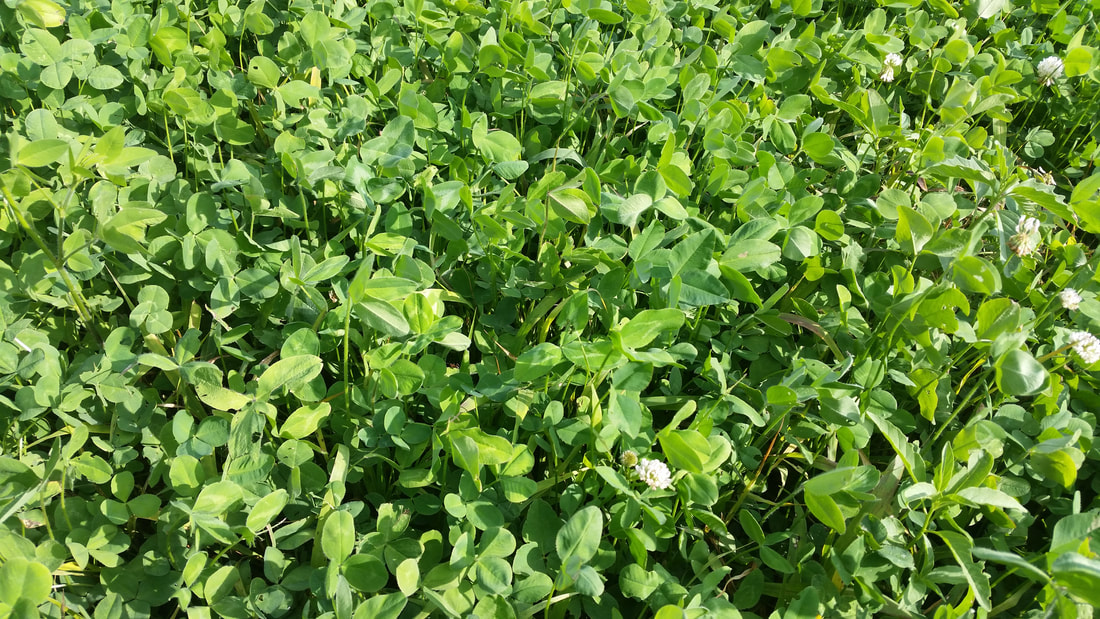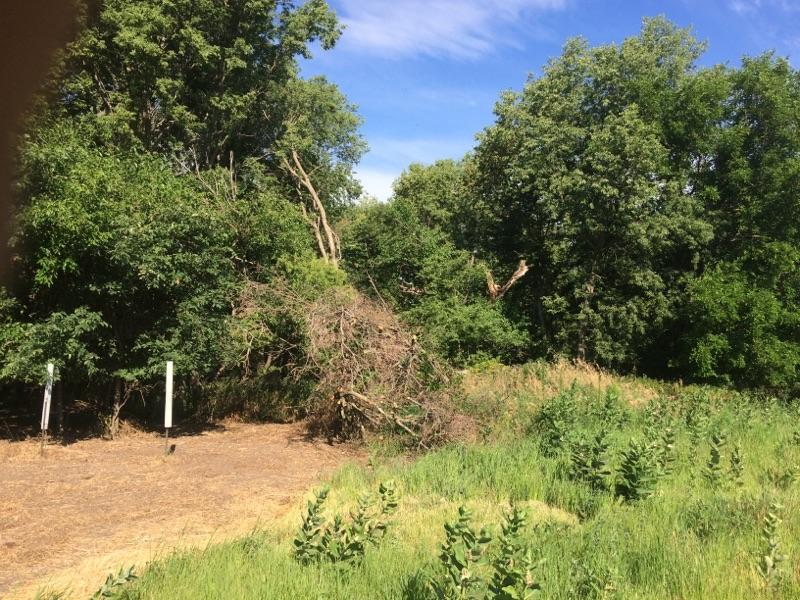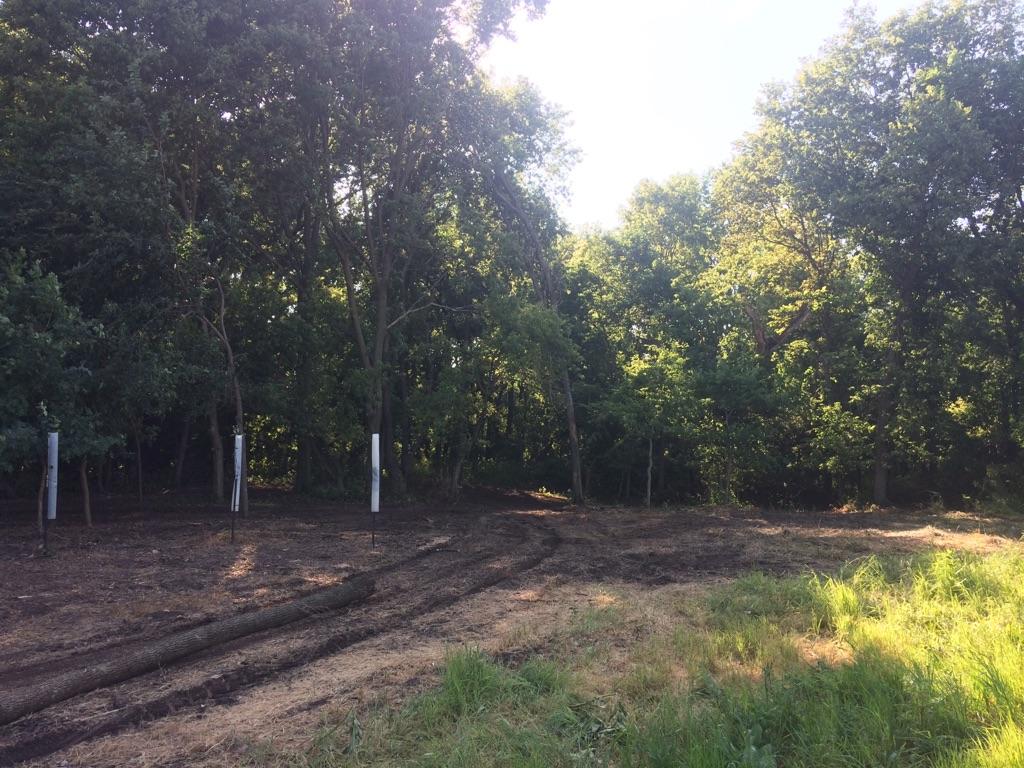August is the time that I like to do the last mowing for the season. Usually it seems we start getting a little more rain and the temperatures start to cool. This can provide ideal growing conditions for the clover. Mowing Clover helps with two things. It helps to control weeds in the plot along with rejuvenating the plants. That rejuvenation helps provide new succulent growth that wildlife love to come a browse. I base mowing these plots off on when the archery season opens. Trying to mow about 2-3 weeks before the opener seems to be best. That way by the time you are ready to climb into the tree that clover is thriving once again.
This time of year is also good for fertilizing your clover plots. Using something like potash or a high potassium fertilizer along with some potassium will also help you obtain those lush plots into the growing season. It is said that doing this fall fertilizing may also help lessen the effects of possible winter kill on clover. I plan to do some of my own side by side testing this year to see the different results on how stands come back the following spring.
In the past I have sprayed clover to knock out the grass and broadleaf weeds about this time of year as well. However I have found that spraying is likely best done in the spring and early summer months. Spraying does work now but given the time of the year, typically mowing the clover now will set most of the weeds back that they won’t be an issue the rest of the fall. I will follow the plots up with spraying next spring to get ahead of the weeds early. Remember to take soil samples this fall and follow those recommendations for spring fertilizing as well.
With the proper management and care of your clover plots you can get them to last 3-5 years, and maybe longer in some instances.
Remember to manage today for a better tomorrow!
Brett Kleinschmit




 RSS Feed
RSS Feed
